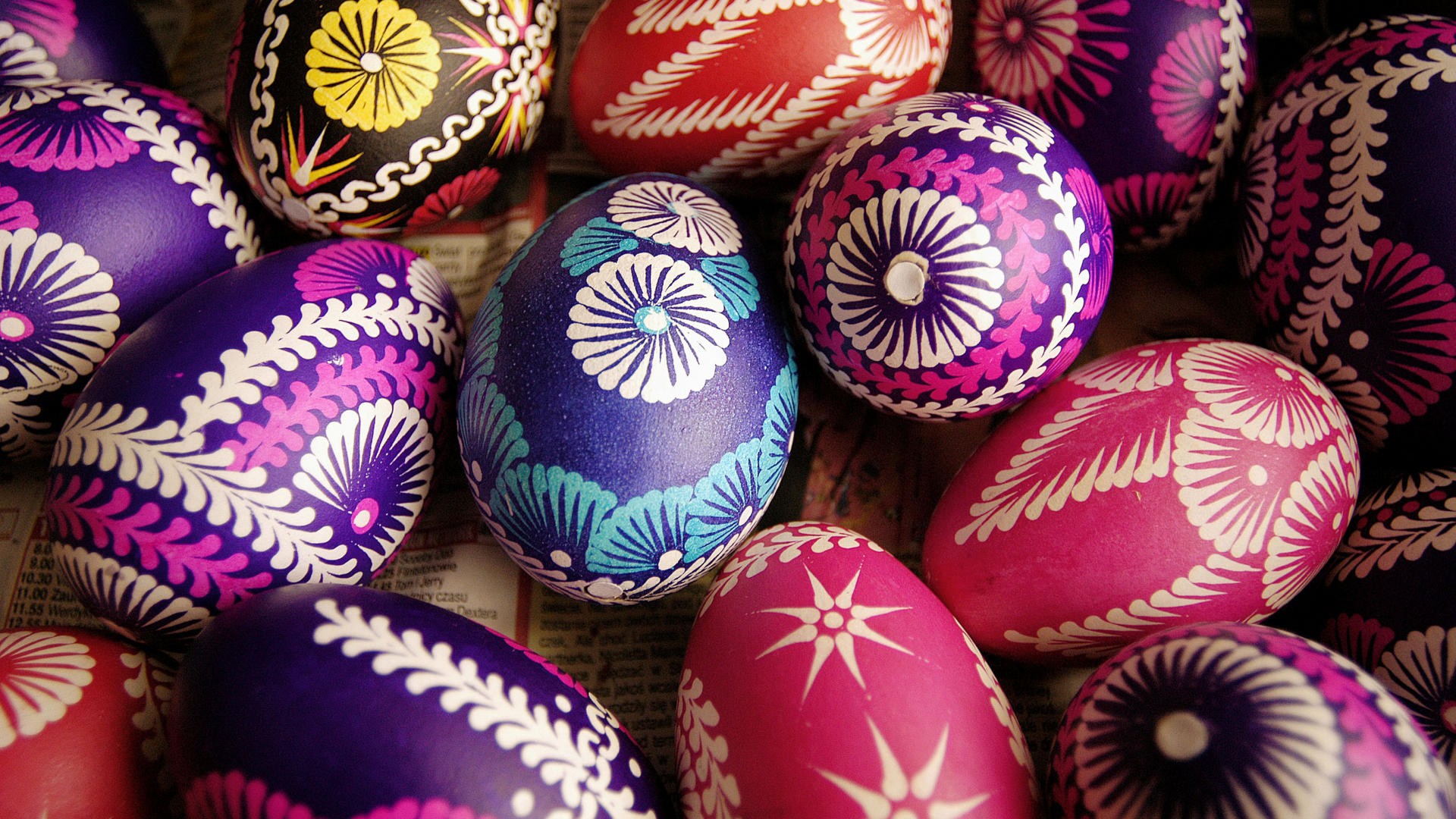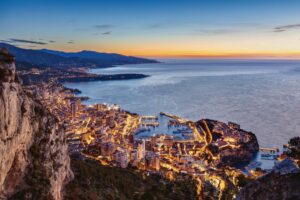Easter weekend is coming up, and while this Spring occasion is a religious holiday for Christians – celebrating the Resurrection of Jesus three days after the Crucifixion, over the years it has become a commercial event to make it more exciting and appealing to children. Traditions practised during Easter range from dyeing eggs and decorating Easter baskets, to chocolate Easter bunnies and serving Easter lamb.
However, no two Easter celebrations are the same, with different countries and communities celebrating this time of sacrifice, new beginnings, and hope in their own unique ways – such as cooking up a giant omelette or smashing earthenware. And while we’re unable to travel internationally to witness these rituals in person, here are six of the most unique Easter traditions from all around the world that you can look forward to in the future.
France
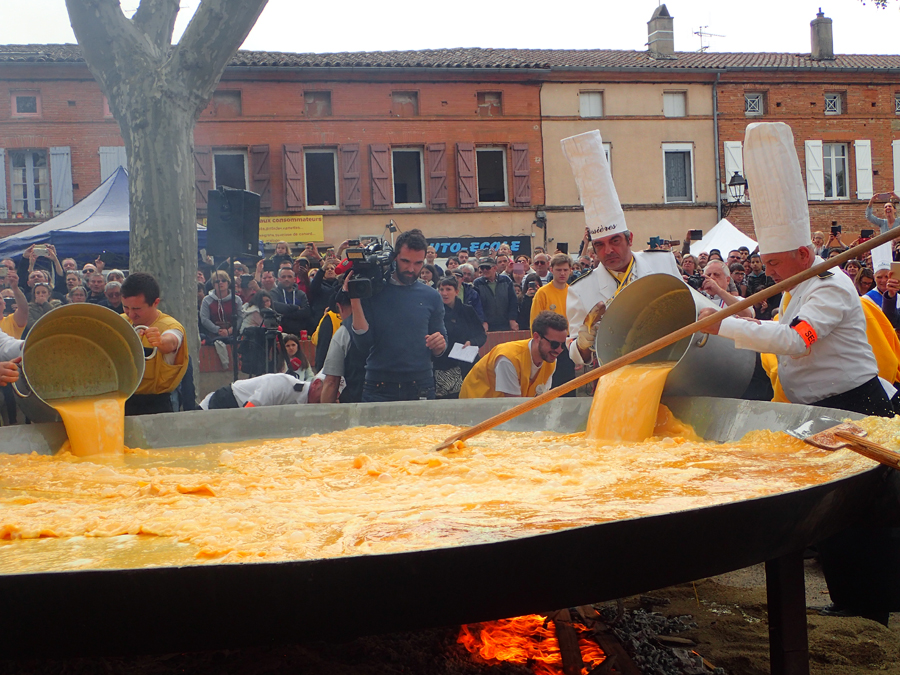
Every year as an Easter tradition, thousands gather in the town square of Bessières to witness the creation of a giant omelette made from 15,000 eggs and a dozen cooks. According to a foundational story, this tradition came about after Napoleon Bonaparte visited the area, and enjoyed his eggs so much that he requested that a giant omelette be prepared and served to his troops. To this day, members of the Confrèrie Mondiale des Chevaliers de l’Omelette Géante de Besserières (World Brotherhood of the Knights of the Giant Omelette – that’s how serious they take it) wield enormous, oar-like wooden spoons to stir and cook the giant omelette in a pan over an open fire. This eggs-citing event is part of a multi-day festival which also includes music, dancing, and parades. Once cooked, the omelette is then cut and served with bread to those attending the festival.
Italy
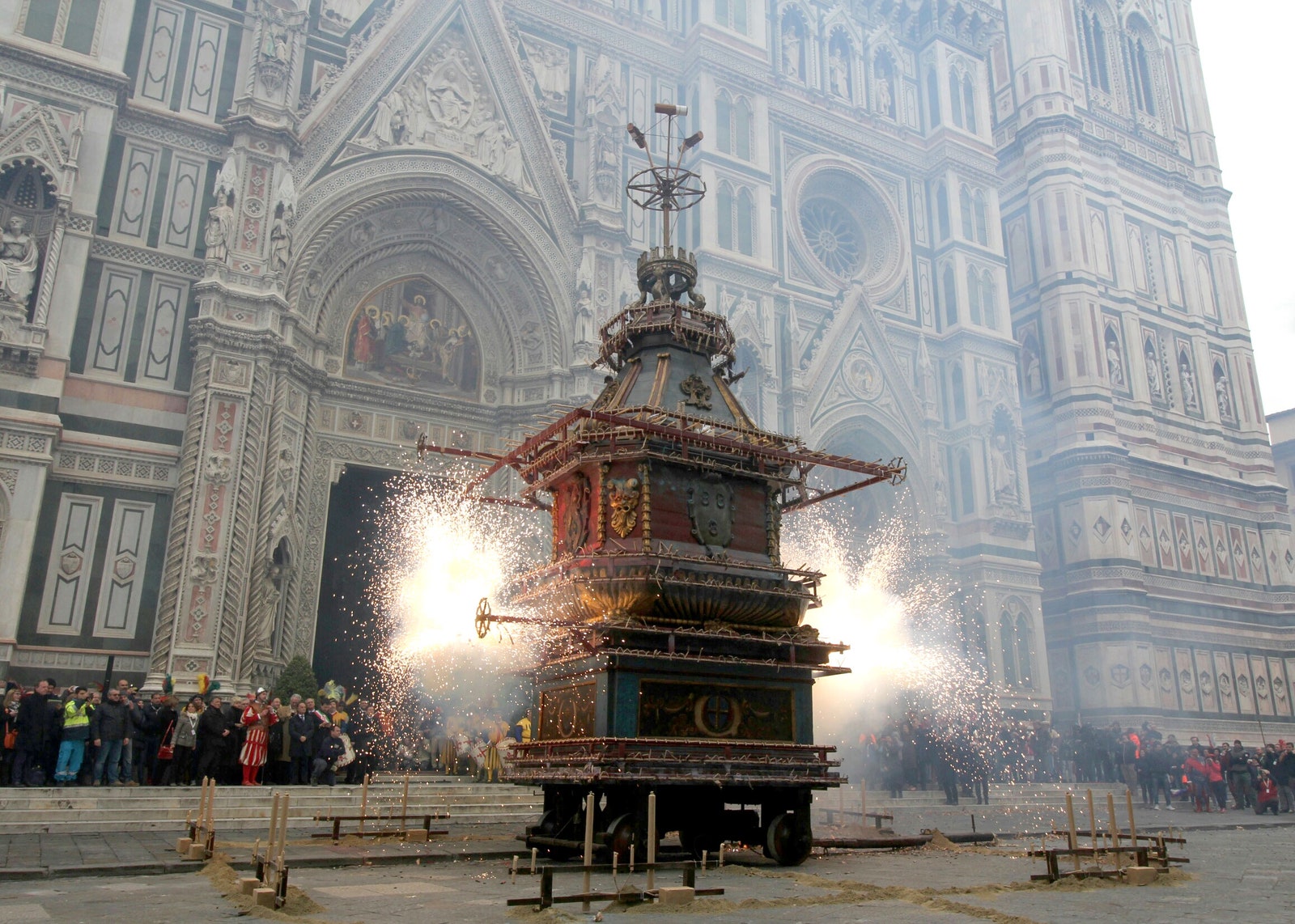
In Florence, locals bring on the fireworks – but with a twist – in a 350-year-old Easter tradition called Scoppio del Carro (explosion of the cart). A giant, ornate cart is filled with fireworks and taken through the streets of the city by citizens dressed in vibrant, 15th century costumes. The cart is then stopped just outside the city’s Duomo, before the Archbishop of Florence lights a fuse during Easter mass that leads outside to the cart, exploding it and creating a fireworks display. This custom is dated back to the First Crusade, and done to ensure a good, bountiful harvest.
Finland
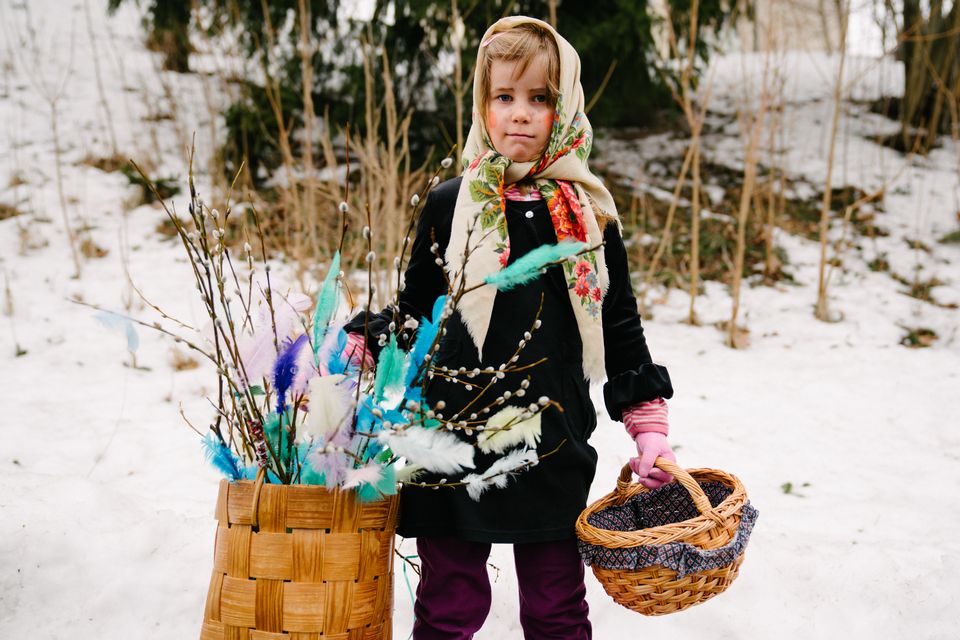
Reminiscent of trick-or-treating during Halloween, a Finnish Easter custom involves young children (usually girls) dressing up as freckled witches, and going door-to-door bringing willow twigs embellished with vibrant feathers and crepe paper as symbols of good fortune and protection – in return for sweet treats. These treats can include the usual chocolate Easter eggs, small change, or little sweets. According to This is Finland, the child witches may also recite a traditional rhyme at the door: Virvon, varvon, tuoreeks terveeks, tulevaks vuodeks; vitsa sulle palkka mulle! (I wave a twig for a fresh and healthy year ahead; a twig for you, a treat for me!)
Greece
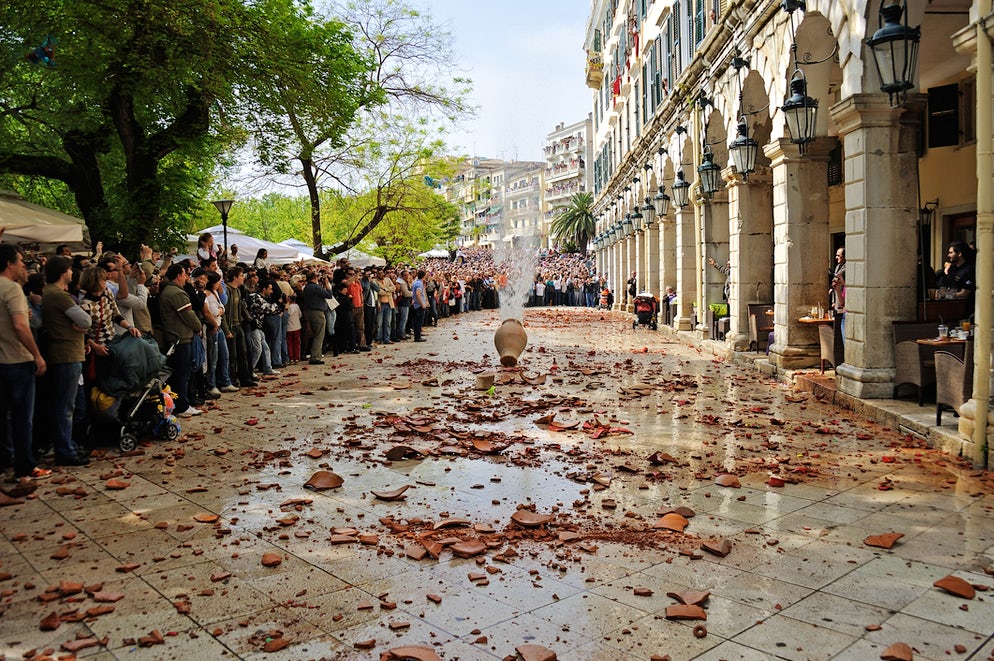
Every Easter Saturday, the church of the Virgin Mary of Ksénon in Corfu will reenact the earthquake the followed the Resurrection of Christ. At 11am, the first Resurrection is announced, where people will say the phrase “Christos Anésti” (Christ has risen) to one another, and to be answered with “Alithos Anésti” (he has truly risen). This is accompanied by the loud ringing of bells and a parade, while people hurling clay pots from their windows and balconies which crash noisily onto the streets below. Some of the earthenware thrown may even be filled with water. It’s said that the custom is derived from the Venetians, who used to throw out their old items on New Year’s Day. Other beliefs note that this act of throwing pots represents the welcoming of Spring and symbolising the new crops that will be grown in new pots.
Poland

Easter in Poland is an exciting and lively affair, starting with the week before Easter on Palm Sunday, when branches and dried flowers are brought to church. Following Catholic tradition, Palm Sunday marks the entrance of Jesus in Jerusalem, and since palm trees aren’t common in Poland, churchgoers will bring pussy willows or “palms” made from woven dried branches. On the Saturday before Easter Sunday, Poles will paint elaborate designs on hard-boiled eggs called pisanki, and prepare Easter baskets filled with Easter foods, before taking them to the church to be blessed. Easter Sunday will involve a Resurrection mass at church, while families at home gather to have breakfast as well as share wedges of the blessed Easter eggs. The last festive day is Easter Monday, also known as Śmigus-Dyngus (Wet Monday), where boys and men will pour water on women and girls. and smack them with pussy willow branches; this custom is possibly linked to water being a symbol of life and renewal, as well as a way – albeit an odd one – to show girls affection.
Spain
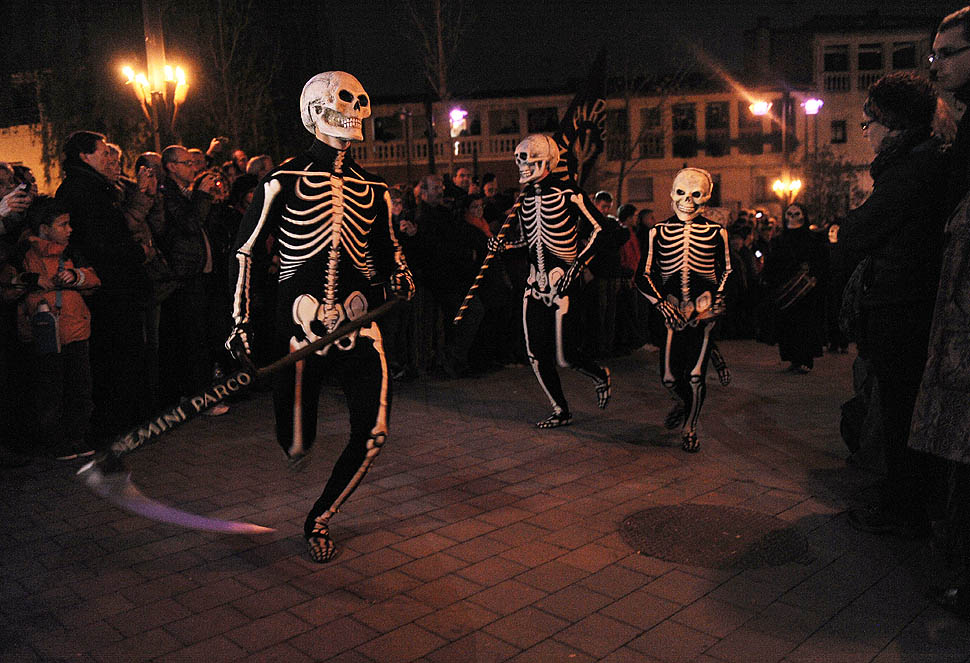
In Verges on the Costa Brava, probably the most important Easter celebration is La Danza de la Muerte, the Dance of Death, which takes place on Maundy Thursday. Its origins can be traced back to the Black Plague in the 14th century, with the dance being a way to remind Christians that our lives and its earthly pleasures would one day end. This ritual in Verges usually takes place at night, accompanied by a silent procession with burning torches to light the village streets. Adults and children come dressed as skeletons and dance to the rhythm of drums, while bearing clothing or accessories relating to Death – such as a scythe, hourglass and ash-filled plates.
Featured image: Gazeta Kaszubska




